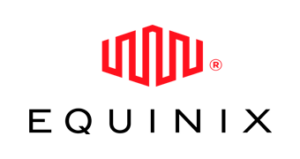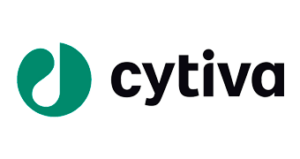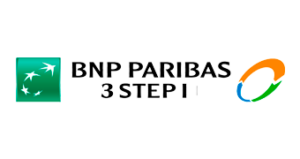
GET THE MOST FROM MARKETO
So how does GDPR fit into marketing automation?
Well for some time now marketers have been working with ‘preferences’ for advertising and marketing to ensure they can personalise and provide customer experiences that lead to purchases.
This has been done so far using email preference centres where contacts of different businesses have the ability to opt-out or tailor their communications.
Let’s Talk
GDPR has 6 key principles:
Lawfulness, fairness and transparency
Purpose limitation
Data minimisation
Accuracy and Accountability
Storage limitation
Integrity and confidentiality
On top of that the EU have pulled out a section which is important in today’s age of digital data and tracking — separate provisions in Chapter III. In short that is your rights as an individual.

Building a GDPR compliant preference centre
Preference centre’s are now much more than just email preferences, they’ve become our go to for asking not to be contacted ever again. Now with GDPR in the mix, we now need to tailor preferences, and allow the ability for contacts to request the following rights:
- Opt-in and unsubscribe
- Data export and transfers
- Report a data breach
- Report a data breach
- Policy or information requests
- Data erasure
The good news is setting up a preference centre isn’t so difficult, the challenge is ensuring your compliance and legal team are happy with the information collected, requested, and importantly how it’s held.
FROM STARTUP TO ENTERPRISE
Our customers









